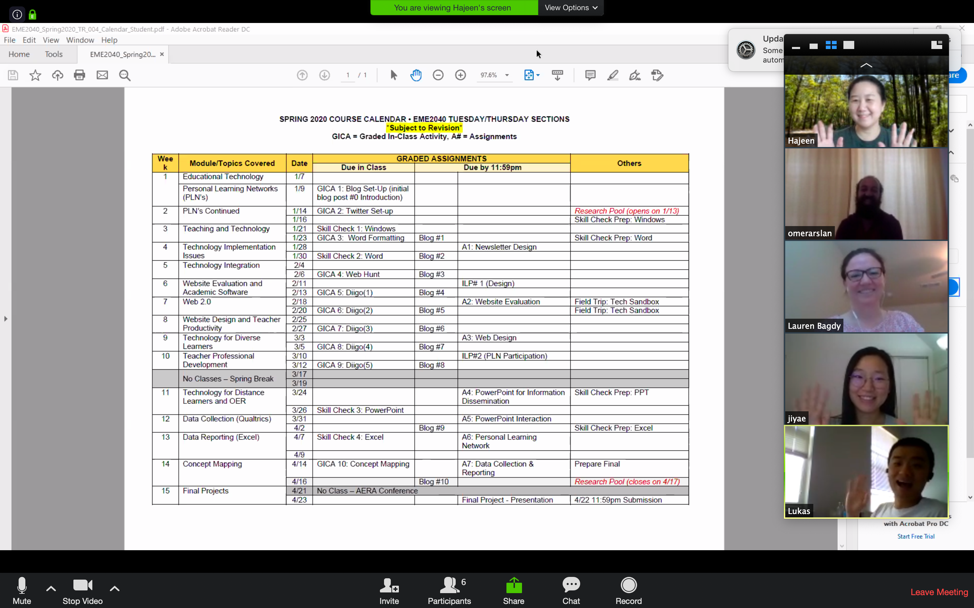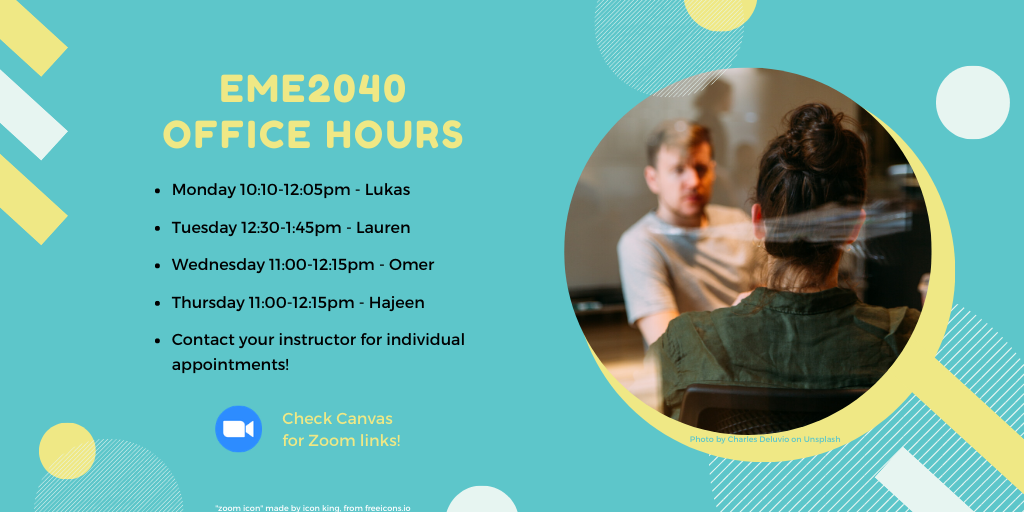Another day, another rant about online learning: It’s ineffective. It’s difficult. And it takes a lot of time to do this difficult and ineffective thing.
It’s not me ranting, at least not about online learning. I’m watching other people rant on Facebook, Twitter, at the water cooler … oh, wait, not there. I’ve not actually seen other people in person beyond my immediate family in quite a while.
I understand the rant. I really do. Learning to do something new is difficult. It takes time. It doesn’t necessarily feel good or right or effective, especially if neither you nor the people you’re doing it with actually want to do it. And then there’s the matter of 2020. Oh, it’s a total dumpster fire.
I don’t want to take away anyone’s right to vent because we all need the release. Still, it’s pretty frustrating to see others so thoroughly disparage a practice to which I’ve devoted so much of my life’s work, and suggest that it is inferior to other forms of learning. I also find the complaints kind of ironic. During pre-2020 times, people would say things like “Oh, you’re teaching online? So you’re, like, hardly working, right? You don’t even have to show up on campus.” Now that almost everyone is using online tools to teach their classes, they’re talking about how much work it is. So which is it? Hardly working, or working harder than ever? And so much work in support of something that’s essentially ineffective? Why would anyone ever bother?
An aside: I’ve also seen some rants where people say that campus teaching is so much easier because as the expert you just show up and start talking. Really? That’s what people do? And it’s effective? We’ve all experienced ineffective classroom instruction, right?
Teaching is hard work, regardless of modality. I remember when I first started teaching in the face-to-face classroom. I reviewed all of the reading materials in advance and made notes about what I should review with students and how to extend the materials with examples. I made outlines with key points highlighted. I plotted out my time, figuring out what could be fit into a 50 minute session. I fretted over what I would do if no one spoke, or if everyone wanted to speak. I worried about ending early or running over. I was nervous that I might forget to go over key points. It was exhausting. Plus I taught at 8 am … and I am NOT a morning person.
Even after 20+ years of face-to-face teaching, I couldn’t imagine just showing up and talking as a default mode of teaching. Classes that I’ve taught multiple times are easier to prep and teach, especially if I’ve left myself good notes, saved handouts, have detailed directions about facilitating learning activities. etc. A solid plan from prior course offerings helps, but I still take time to review and noodle around with a lesson, and consider changes that should be made in light of my current students, advancements in the field, and the state of the world.
The same is true of online teaching, which I’ve also been doing for 20+ years. The first time teaching a new online course, there’s so much to do. I’m building modules, writing up policies and directions, and considering where videos would be useful (and then carefully scripting them, designing visuals, and recording them, cleaning up captions, and getting them linked to the right pages). I’m developing discussion prompts and guidelines. I’m planning new activities and trying to anticipate how students will interact, how the interaction spaces need to be designed, and how much time it will take for the interactions to occur.
The first time I teach a course — on campus or online — I’m just a step ahead of my students and perpetually exhausted, even though I know exactly what I’m doing in terms of course design and facilitation at this point. However, the second, third, and eight time around, teaching the course is a lot easier and I can skimp on course revisions or prep occasionally if I really have to.
Here’s the thing: It’s not useful to pit teaching modalities against each other in terms of workload. Designing an online class is a lot of work. Designing a campus class is a lot of work, too. The same can be said for facilitating, whether in a physical classroom, on zoom, or on an asynchronous forum. Each modality is different, and requires its own form of preparation. The first time you do it, it can be pretty tiring. After a while, you find your rhythm and it gets easier.
It’s also not useful to pit teaching modalities against each other in terms of effectiveness. We all have our own personal strengths and weaknesses, and we all have preferences, too. You may feel more effective when you teach in a face-to-face classroom, and you may prefer that experience as well. Those are valid feelings and preferences. However, that doesn’t mean that form of instruction is the most effective one. Years of research and practice do not support the hypothesis that one form is superior to the other.
Situationally, one modality may be a better choice than the other. During the pandemic, online is preferable to campus for health reasons. However, during typical times it goes against conventional wisdom to push instructors and students toward a modality that is not their preference. We know why our courses are online right now, but that doesn’t mean we have to like it. It’s never surprising when people have negative feelings toward a course that they did not want to teach or take, and those feelings extend to modality just as much as they do to course topic or content.
Still, there are a lot of online learners right now who are perfectly happy in their online courses. They opted in to online learning. It is their preferred option even when there isn’t a pandemic raging on. And they learn just as well as their campus counterparts. It’s not fair to them to suggest that their experience is less effective just because they regularly learn through a modality that many other people are reluctantly struggling to figure out right now.
Also: This is probably NOT online learning that you’re experiencing right now. It’s emergency remote learning, delivered online. There’s a meaningful difference between the two, even if some of the tools and strategies are the same.
Online learning is an educational option. People choose it because it aligns with their preferences and needs. Done well, it’s a pretty awesome experience. Still, not everyone likes or chooses it, and that’s okay.
Campus learning is another educational option. People choose it because it aligns with their preferences and needs. Done well, it’s a pretty awesome experience. Still, not everyone likes or chooses it, and that’s okay.
Although I can’t imagine the circumstances under which online learning would be pushed into becoming emergency campus learning, I’m pretty sure the instructors and students would be upset, burdened, and inclined to complain. I understand why everyone is upset. But blame the pandemic, not the modality.
That high level of stress that everyone feels, the quickly filling inboxes, and the frustrating and endless technology glitches? Exhausting and frustrating — but not a normal part of online learning. Even those of us who teach and learn online all the time by choice are experiencing those issues. We’re not used to them either. This year everything is more difficult, everyone is needier, and nothing has gone quite as planned. Those are all symptoms of the 2020 dumpster fire.










